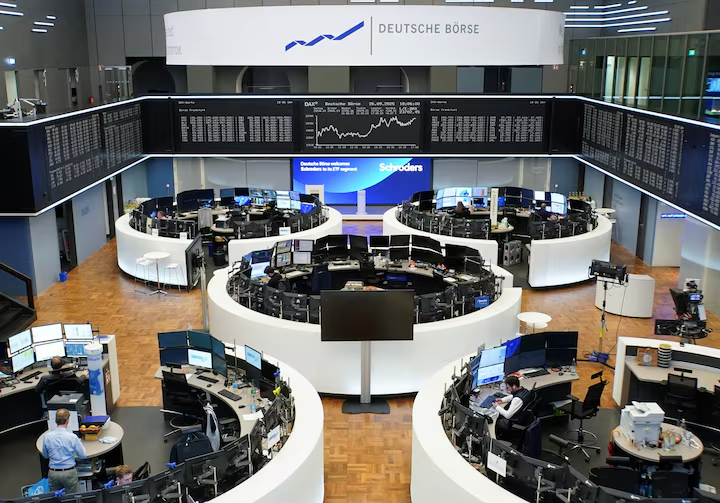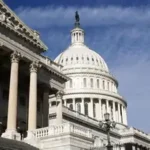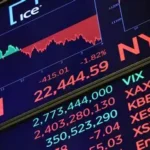Stocks Grind Higher as Markets Mull US Shutdown Impact

U.S. stocks inched higher on Thursday as investors cautiously assessed the potential economic consequences of the ongoing federal government shutdown, now entering its third day. Despite political gridlock in Washington, major indexes managed modest gains, suggesting markets are still betting on a resolution.
The Dow Jones Industrial Average rose 0.3%, the S&P 500 added 0.4%, and the Nasdaq Composite climbed 0.5%. Trading volumes remained light, with many investors reluctant to make big moves amid uncertainty over how long the shutdown could last.
The standoff in Congress, which has forced hundreds of thousands of federal workers into unpaid furloughs, is beginning to ripple into broader economic forecasts. Analysts warn that a prolonged shutdown could dent consumer confidence, delay government contracts, and slow regulatory approvals in key industries such as energy and healthcare.
Still, Wall Street appeared focused on other macroeconomic signals. Treasury yields dipped slightly as investors sought safe-haven assets, while the dollar remained stable against a basket of major currencies. Oil prices also edged up, supported by supply concerns in the Middle East.
“This is a market that has gotten used to political brinkmanship,” said Margaret Allen, chief investment officer at Horizon Capital. “Unless the shutdown drags on for weeks, investors are betting the economic hit will be temporary.”
The last major shutdown, in 2018, lasted 35 days and cost the economy an estimated $11 billion, according to the Congressional Budget Office. Economists say the current standoff could have a larger impact if federal contractors and consumer spending are squeezed for an extended period.
Investors are also keeping an eye on upcoming data releases, including jobless claims and consumer sentiment reports, which may reflect early signs of the shutdown’s toll. Meanwhile, corporate earnings season is set to kick off next week, potentially shifting investor focus back to fundamentals.
Political leaders have shown little sign of compromise. Republicans and Democrats remain locked in disputes over spending priorities, with the next funding vote scheduled for Friday. Until then, markets are expected to remain choppy, balancing modest optimism with looming uncertainty.
For now, the stock market’s resilience underscores investor confidence that a deal will eventually be reached, but patience may wear thin if Washington gridlock stretches deeper into October.










